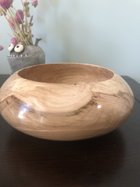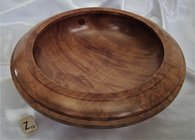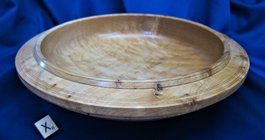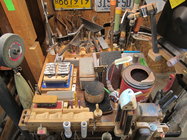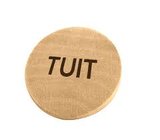I’m starting to turn bowls with turned in rims, like a calabash or More. My main tools for this are 40/40 and Ellsworth grind bowl gouges, and round nose scraper to get the part the gouges can’t. I’m not super happy with how well this works. I found thru searching that either a bottom feeder gouge or hunter badger seem popular for this.
Before I invest in another tool, I’d like to hear what you use, and why?
Thanks!
Before I invest in another tool, I’d like to hear what you use, and why?
Thanks!

